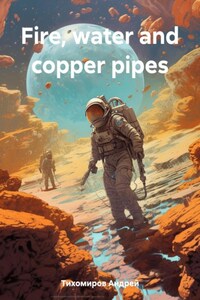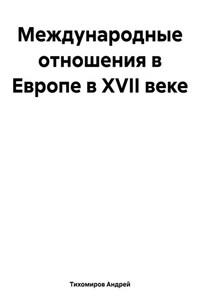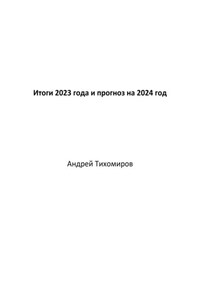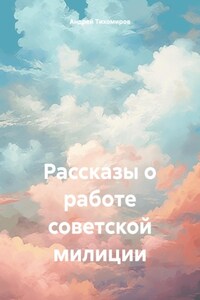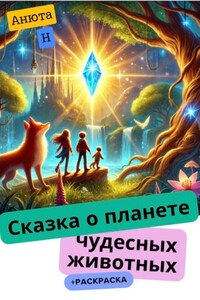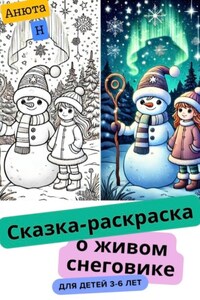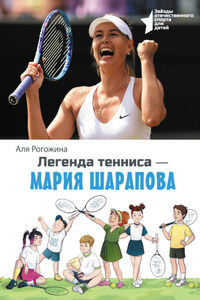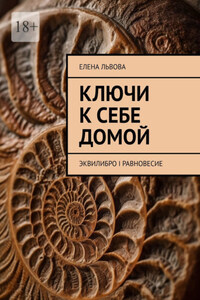The most ancient evidence of human use of metals is the remains of metal products in archaeological finds. Images of metallurgical processes are found on art monuments dating back to ancient times. There are references to the receipt and use of metal in the most ancient written monuments. Before the use of metal, mankind for hundreds of thousands of years experienced the Stone Age, an era when tools and weapons were made of stone, wood and bone. The transition to the use of metal in different parts of the world took place at different times. This is confirmed by the fact that in the regions of America, Africa and the Pacific Ocean, which were discovered by Europeans already in modern times, they discovered tribes and peoples that were at different stages of material culture, from the Stone Age to the Iron Age. A very ancient trace of primitive metallurgy was discovered in tropical Africa on the Kafue River, a tributary of the Zambezi, where the remains of ancient iron-smelting furnaces, slag and an iron ore ax dating back to the third millennium BC were found. e.
Among the tribes that inhabited Western Siberia, the processing of iron began about a thousand years BC. e. But only around the III-II centuries. in Western Siberia, iron tools completely replaced bronze. In the cemeteries – mounds of Altai, scientists found iron knives and arrowheads, indicating the receipt of iron 400-800 BC. e.
The first metals that fell into the hands of man for 5-6 thousand years BC. e., there were easily noticeable native metals, first of all gold, then copper and silver, as well as meteoric iron. At first, man could not yet distinguish between stone and metal, applying to the latter the already familiar methods of stone processing. At this stage, the metal was still of little use, since copper and iron were difficult to process, and gold was inferior in mechanical properties to well-crafted flint and was suitable mainly only for the manufacture of household utensils and jewelry. .
Then there was a transition from cold to hot forging copper. This made it possible to obtain high-quality copper products, significantly superior to tools and weapons made of stone and wood. The question of further stages in the development of copper metallurgy remains controversial. Previously, there was an opinion that its hot forging was followed by the invention of casting, and only later – the smelting of copper from oxidized and carbonate copper ores (malachite, azurite) found in the locations of native copper: these green and blue ores are striking, and their metallic processing is very simple. This view is currently disputed, since the melting of copper for casting requires a higher temperature (on the order of 1,100 °) than the reduction of oxidized and carbonate copper fleeces. In ordinary wood-burning fires without artificial blast, a temperature of no higher than 600°-700° can be reached. Higher temperatures and a reducing atmosphere could only be obtained in primitive kilns, which have been used since ancient times for firing pottery. However, the melting point can be raised with the help of fluorites. Already in antiquity, in order to reduce the melting point, metallurgists began to use fluorites (fluorspar, fluorites come in different colors: purple, yellow, green, rarely colorless) and could produce steel at a temperature of 1100 – 1200 degrees, instead of 1530-1700 degrees, which made it possible to spend less fuel (wood or coal) in steelmaking, obtaining very durable iron products. Fluorites in Rus' were called gems.
